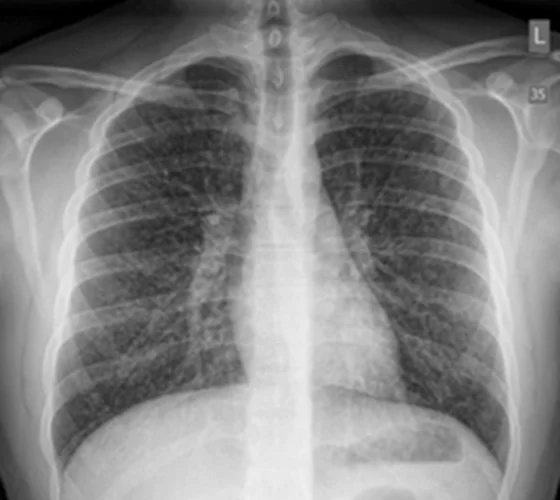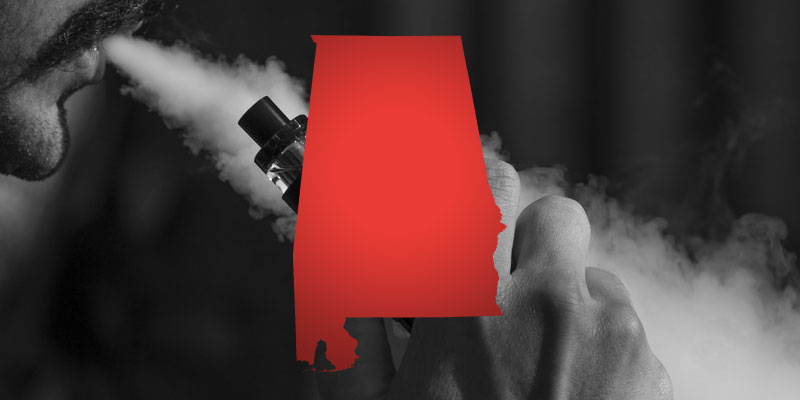Understanding the ‘Popcorn Lung’-Like Illness
What is ‘Popcorn Lung’?
‘Popcorn lung,’ or bronchiolitis obliterans, is a rare and serious lung disease that damages the smallest airways in the lungs, making it difficult to breathe. The name originates from a past incident where microwave popcorn factory workers were exposed to a chemical called diacetyl, used to create buttery flavorings, which led to respiratory problems.
The Canadian Teen’s Case
In this case study, a Canadian teenager presented with symptoms resembling ‘popcorn lung’ after vaping regularly. Medical professionals were alarmed by the severity of the illness and the patient’s age, as ‘popcorn lung’ cases are relatively uncommon in young individuals. This raised concerns about the safety of vaping products particularly among adolescents.
Contrasting the Canadian and U.S. Perspectives
Vaping Regulations in Canada vs. the U.S.
The Canadian and U.S. governments have taken different approaches to regulate vaping products. While the U.S. has introduced various restrictions and flavor bans, Canada has implemented stricter regulations to limit the marketing and availability of vaping products to minors. Despite these efforts, the incident involving the Canadian teenager highlights the importance of constant monitoring and updates in vaping regulations.
Health Care Access and Reporting
Healthcare systems in Canada and the U.S. differ, affecting how vaping-related illnesses are reported and managed. In Canada, universal healthcare allows for easier access to medical attention, whereas the U.S. system’s complexities may lead to varied responses and reporting procedures. Understanding these distinctions can provide valuable insights into how such cases are handled and monitored.
Moving Forward – Raising Awareness and Research
The Importance of Public Awareness
This case emphasizes the need for public awareness campaigns about the potential risks of vaping, especially among teenagers. Educational initiatives can empower individuals to make informed decisions and understand the consequences of using e-cigarettes.
Advancing Research on Vaping-Related Illnesses
Medical research plays a crucial role in understanding the link between vaping and respiratory illnesses. Conducting comprehensive studies on the chemical components of vaping products and their effects on the respiratory system can guide evidence-based policymaking and public health interventions.
Conclusion
The case of the Canadian teenager developing a ‘popcorn lung’-like vaping illness serves as a stark reminder of the potential dangers associated with vaping. As the vaping industry continues to evolve, it is essential for governments, healthcare professionals, and individuals to work together to raise awareness, implement effective regulations, and conduct rigorous research to protect public health.


